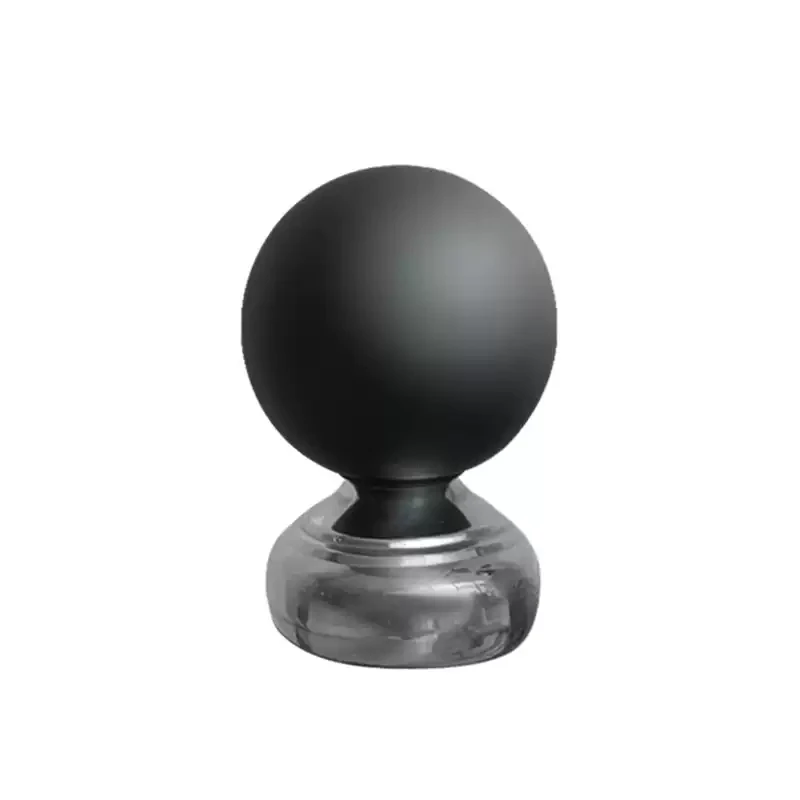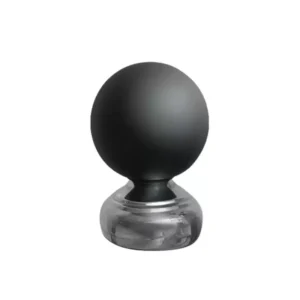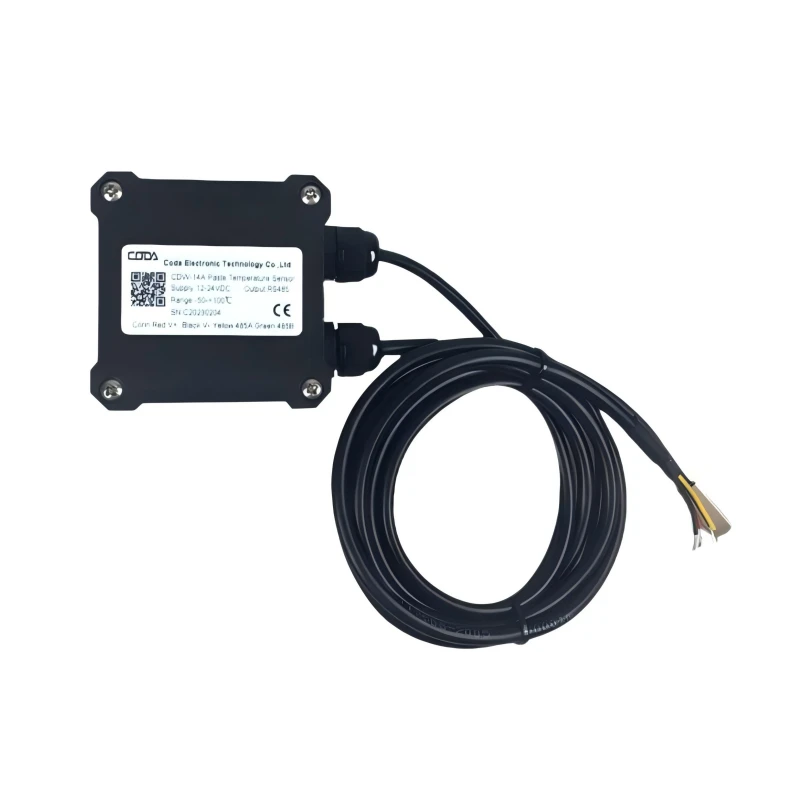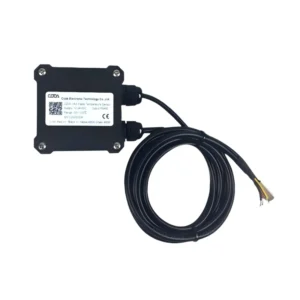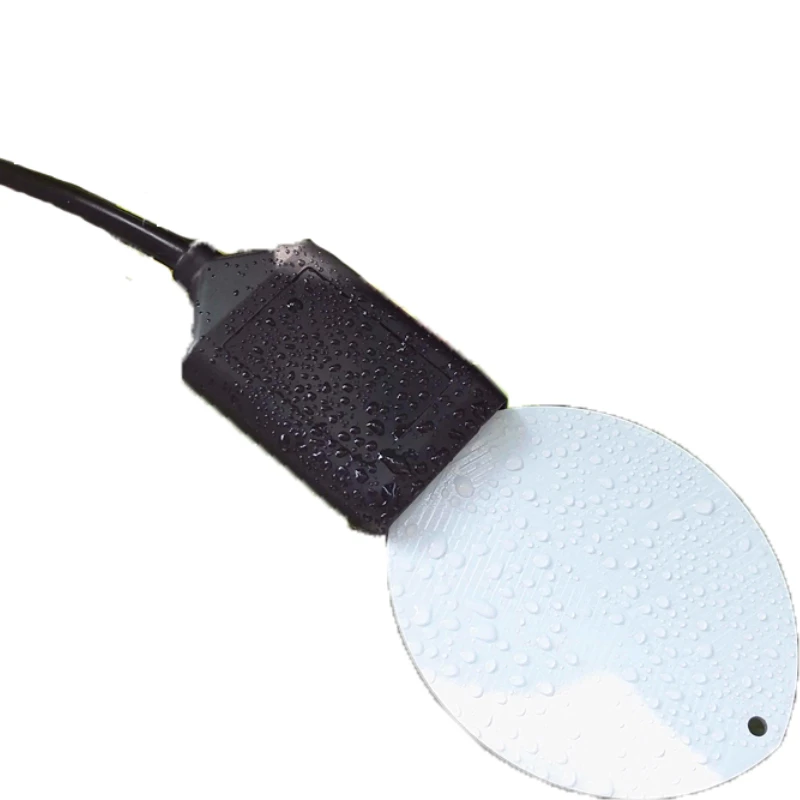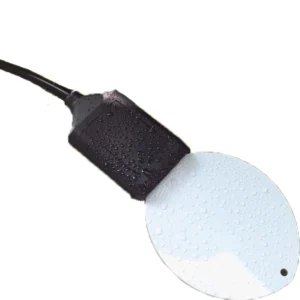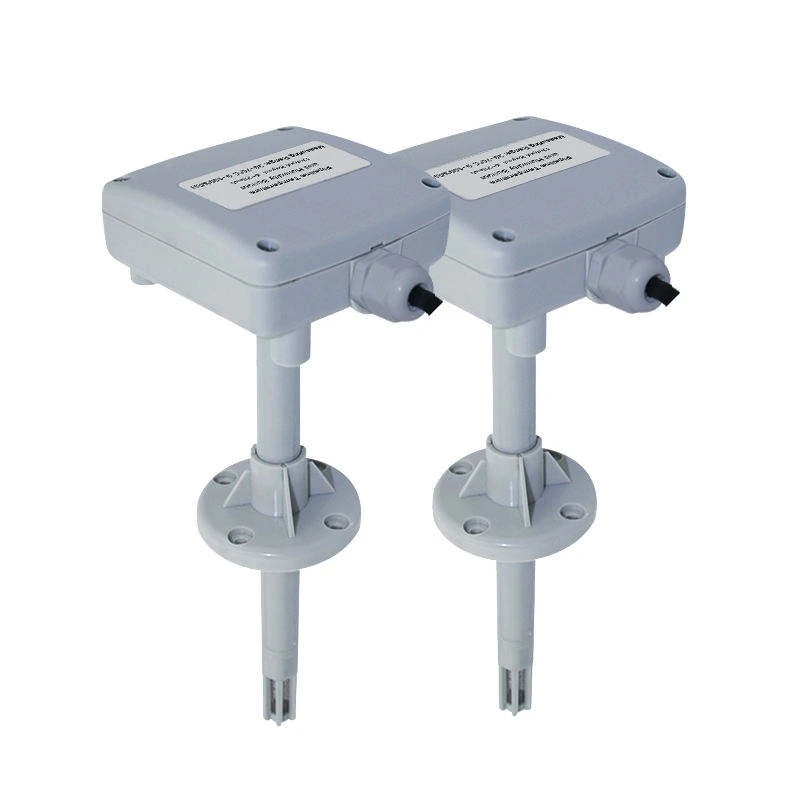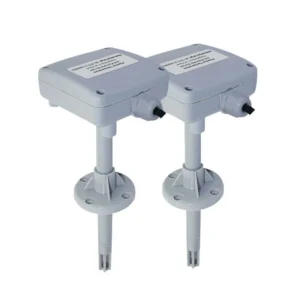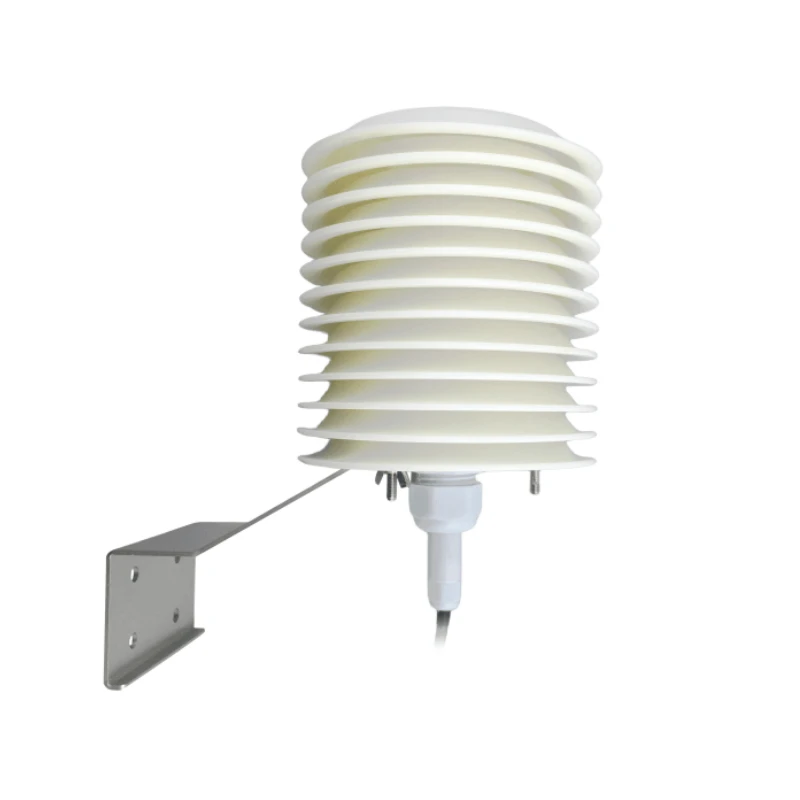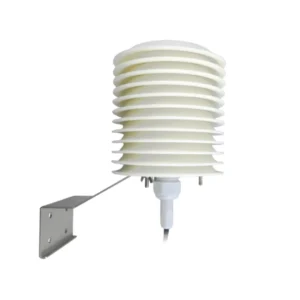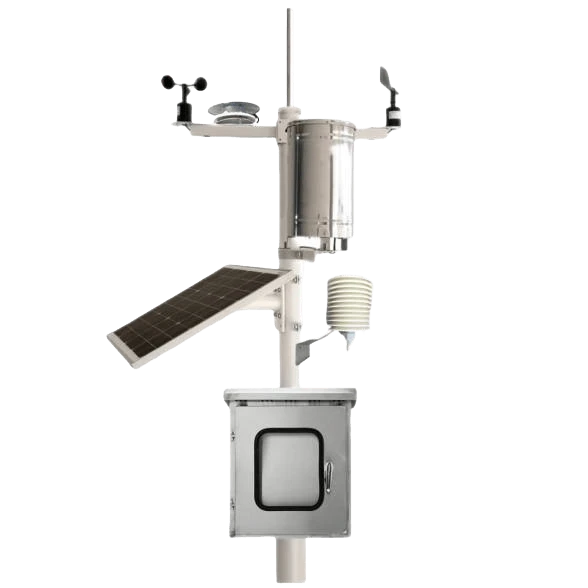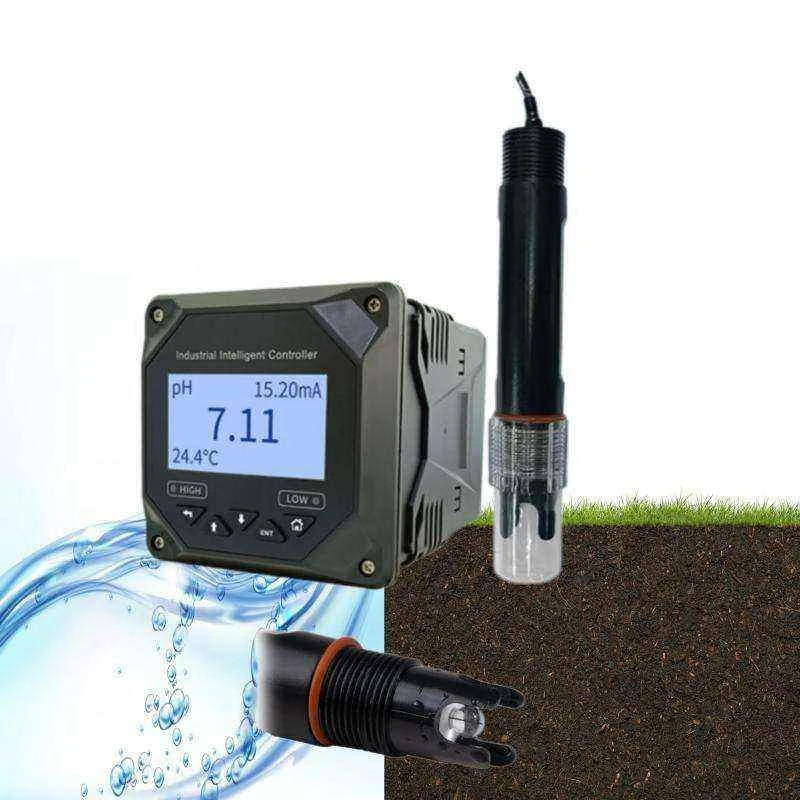Product catalog
Temperature and air humidity sensor
Air temperature and humidity monitor sensors usually have two separate sensors in one package. Often relative humidity is measured with a capacitive RH sensor, while air temperature is measured by a PRT. Our temp and humidity sensor probe CDW-33A can be with pressure testing optional.
Temperature sensors are parts that change physical temperature into digital information. Humidity sensors check the moisture in the air and turn it into digital data.
Air temperature and humidity sensor probes are important. They help check the environment around sensitive electronic equipment. These sensors are helpful in many industries. They are popular and reliable monitors for temperature and humidity.
1.Home and Building Automation
In smart homes and intelligent buildings, sensors are important for HVAC systems. They measure temperature and humidity levels in real-time. This helps the system adjust heating, cooling, or ventilation on its own.
The goal is to keep indoor conditions comfortable. The best temperatures are usually between 20 and 26°C. Humidity should be between 40 and 60%.
For example, if humidity goes above a certain level, the sensor can turn on a dehumidifier. This helps stop mold growth and keeps people comfortable. The sensors also work with smart thermostats.
This allows users to check and manage their settings with mobile apps. It helps save energy and keeps them comfortable.
2. Agriculture and Horticulture
In greenhouses, nurseries, and indoor farms, these sensors help plants grow well. They manage irrigation systems and use less water when humidity is high. They also manage climate factors, such as heating and misting, to help plants grow.
Tropical plants need humidity levels of 70-80%. Some vegetables grow better in drier conditions of 50-60%. In livestock farming, sensors check barn conditions.
This helps keep animals safe and healthy. Too much heat or humidity can stress them and reduce productivity.
3. Weather Stations and Environmental Monitoring
Meteorological stations use sensors to measure temperature and humidity. This helps with weather forecasts and climate studies. They collect data from the outdoors to make weather models. These models can predict storms, heatwaves, and droughts.
They are also used in environmental studies to watch microclimates in places like forests and deserts. This helps us see how climate change or city growth affects local conditions.
Home » Temperature Humidity Sensor
Products category
Showing all 5 results
Express delivery
Global Shipping
Quick Payment
100% Secure
More discount
Super Discount
24H online service
Ready For You

Welcome to Hunan CODA Electronic Technology Co., LTD
- Building S5, Oakes Plaza, Changsha, Hunan
- Monday to Friday: 9:00 a.m. to 20:00 p.m
- (+86)17775769236
- [email protected]
